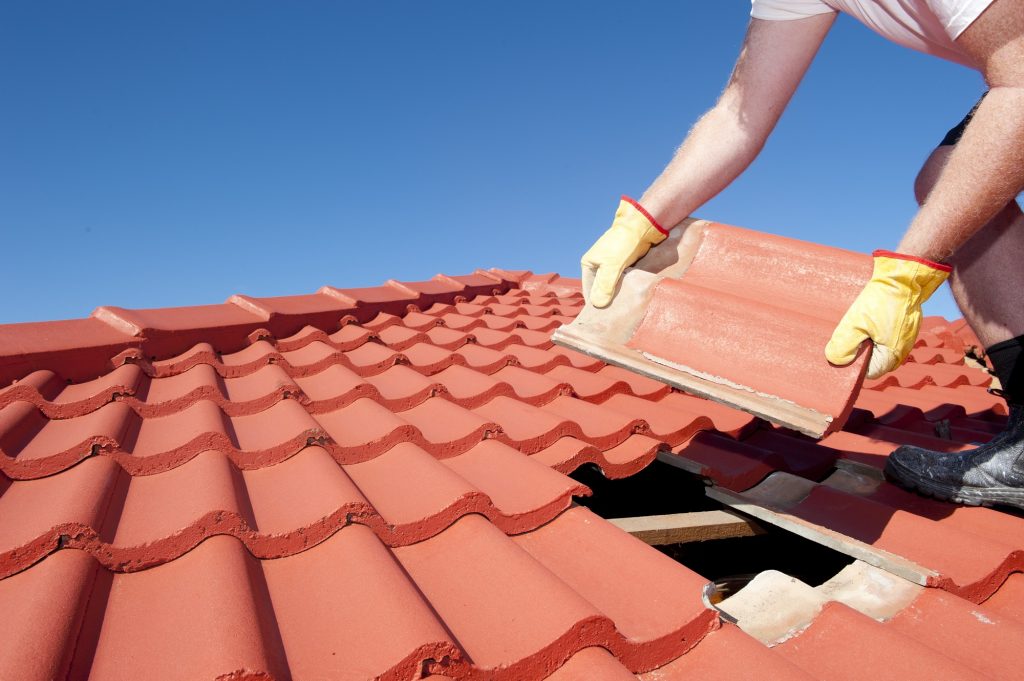A very common problem that many homeowners face is a leaking roof. Fortunately, most of the leakage issues can be resolved pretty easily. However, most people do not know how to detect potential leaks and prevent the leakage properly when it happens. To help you out, we list six simple tips that will help you to fix most of the common roof leakage issues.
Check The Gutter
A gutter is installed to ensure that water does not remain accumulated on the roof since this can eventually cause some of the water to leak into the home. And for this, it is essential that the gutter is installed in a slanted way so that the water can easily drain out. Plus, there must be no accumulation of debris in the gutter since this also can prevent water from flowing out. You must also ensure that any loose or hanging gutter is replaced immediately by a certified home roofing expert.
Step Flashing
Step flashing is usually installed at the intersection of the walls and the roof. Its purpose is to direct the water from the shingles to the ground. But this will only happen if the flashing remains in its place. If it becomes loose, then the water will run behind the flashing and right into the home. So, if you find any loose flashing, then you must reset it to its correct position. Plus, all rusted flashing should also be replaced to ensure that the water smoothly flows downward.
Check The Chimney
The chimneys are also prone to water leaks. In fact, chimney leakage is one of the most common ways water gets inside a home. The easiest way to plug off the leak is by installing a flashing that prevents water from coming into contact with the leakage-prone area. Now, if there is already a flashing installed on the spot, just place the new one underneath the existing one.
Fill In The Holes
Over time, the shingles on the roof can have some tiny holes. This can happen because of removing any nails that was previously attached to it, taking out the dish antenna that was mounted on the roof etc. In addition to leaking water, these holes can also cause the shingles to rot out pretty soon, shortening their life. This is why it is important that you plug out all the holes in the shingles. Ideally, you should use flashing to cover up the hole to prevent leakage.
Fix The Vents
If the roof vent is made from plastic, then you should watch for any cracks on them since water can leak through it. And if you do find any cracks, then replace the vent with a new one. You can try using caulk, but that is only a makeshift solution at best. If the vent is made from metal, then look for any broken seams. The vents might also be missing some nails. If that is the case, put in some new screws. Ideally, you should use rubber-washed screws rather than the normal ones to ensure that the vent is properly tightened to the roof.
Caulk Is Not A Permanent Solution
When there is a roof leak, most people often tend to use caulk to fix it. While this is not a bad choice, you must remember that fixing a leak with caulk is not a permanent solution. When you are trying to temporarily fix the leak, only then is a caulk useful. But if you keep it for too long, then the water will leak through the caulk. As such, you must ensure that you do a proper mechanical fix on any significant leaks in the roof. However, if the water is leaking through a small hole, then a caulk will be sufficient enough to plug it and prevent the leak.
In addition to the above, you must also make it a habit to inspect the attic on a regular basis. Most homeowners tend to blindly believe that water leakage happens because of a fault in the roof. But sometimes, water can leak from the attic. This usually happens when there is any incorrect ventilation on the attic that causes the area to overheat and collect moisture. Pest infestations can also be a problem. Take special note of any rust in the nails since it can indicate the possibility of increasing water content in the attic. Similarly, any sign of algae growth on the attic can also be taken as a signal of too much moisture in the place.

